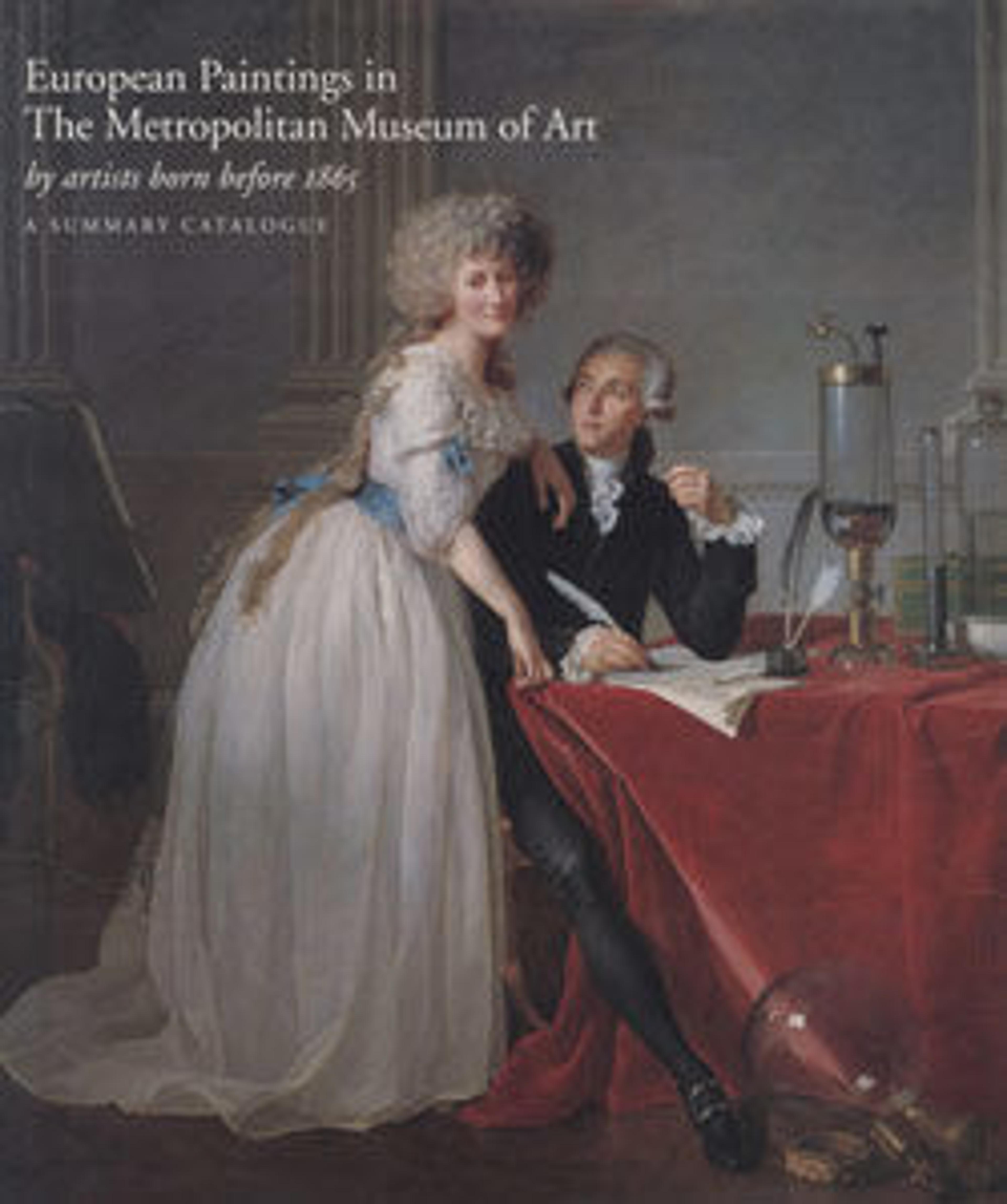Madonna and Child
Guariento was a leading painter in Padua and Venice in the third quarter of the fourteenth century and this is among his most charming works. The composition, with the Madonna displaying her swaddled child to the viewer, repeats an earlier, much venerated image in Padua, and there can be little doubt that this added to the picture’s devotional impact. The gold background was renewed in the fifteenth century and it was probably then that the Latin inscription was added: "Blessed be the name of the Lord Jesus Christ and the name of his glorious Virgin Mother."
Artwork Details
- Title: Madonna and Child
- Artist: Guariento di Arpo (Italian, active Padua by 1338–died 1368/70)
- Medium: Tempera on wood, gold ground
- Dimensions: Overall, with arched top and engaged (modern) frame, 32 3/8 x 18 7/8 in. (82.2 x 47.9 cm); painted surface 28 1/2 x 17 in. (72.4 x 43.2 cm)
- Classification: Paintings
- Credit Line: Gift of Coudert Brothers, 1888
- Object Number: 88.3.86
- Curatorial Department: European Paintings
More Artwork
Research Resources
The Met provides unparalleled resources for research and welcomes an international community of students and scholars. The Met's Open Access API is where creators and researchers can connect to the The Met collection. Open Access data and public domain images are available for unrestricted commercial and noncommercial use without permission or fee.
To request images under copyright and other restrictions, please use this Image Request form.
Feedback
We continue to research and examine historical and cultural context for objects in The Met collection. If you have comments or questions about this object record, please contact us using the form below. The Museum looks forward to receiving your comments.
